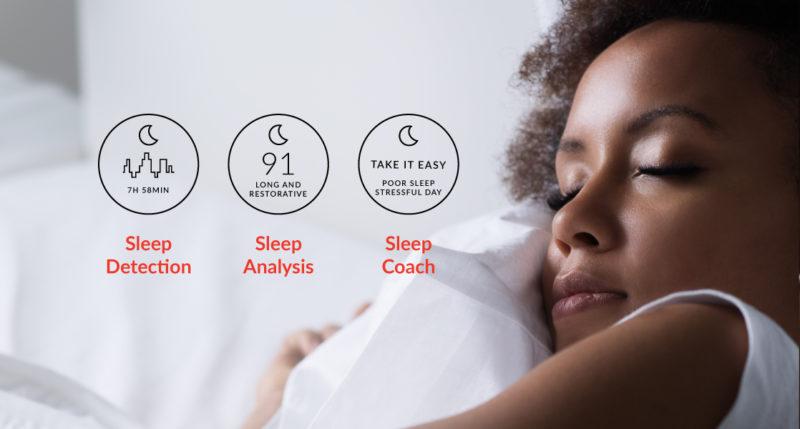
Firstbeat’s advanced performance analytics were introduced in a near-record 20 new devices in 2019. Things also stayed busy on the research and development front with seven new analytic features added to the Firstbeat feature catalog and generational updates to many others, including updated fitness and training-based race time predictions and recovery time calculations.
Existing relationships with leading brands Garmin, Huawei, Suunto, and Huami continued to bear fruit in the form of GPS sports watches, smartwatches, and cycling computers. This past year also saw Mio and Xiaomi introducing devices that deliver insights based on Firstbeat analytics for the first time.
Garmin’s flagship lineup of fitness and outdoor performance devices fittingly showcased many of the latest and greatest advances in physiological analytic capabilities. These included the new Forerunner 945, Fenix 6 series and the all-new MARQ collection of premium tool watches. Improvements involved a generational update to VO2max fitness level detection, enabling the analysis to take environmental factors into account. The effects of heat, humidity, and altitude can each be recognized and accounted for in terms of how these conditions affect your performance. You can also monitor progress as your body acclimates and adapts to perform better in more challenging conditions.
The sometimes-complex relationship between how you train and the results you get is simplified with the introduction of Training Load Balance / Load Focus. For the first time, you can look below the surface of your workout to see the extent to which different physiologically meaningful efforts contributed to your total Training Load. Also, each individual activity you record is interpreted and labeled according to the primary benefit that type of workout provides. You can instantly see which workouts enhanced recovery, developed your endurance base, improved your ability to run faster for longer, ability to sprint recover and sprint again, and more.
Meanwhile, 2019’s mid-range Garmin Forerunner 245 brought a number of premium physiological features that had previously only been available on flagship level devices to an ever-larger audience. This included insights like Training Load and Training Status that bring the big picture and meaning of your activities into focus. This is positive and welcome trend for the industry.
The Huawei Watch GT and subsequent Watch GT 2 made significant waves in 2019 by demonstrating the viability of a smartwatch that keeps things simple and offers exceptional performance in few key areas. These popular devices keep pace with a bevy of fitness tracking, workout interpretations and load monitoring tools from Firstbeat.
Suunto updated their lineup in May with the new Suunto 5, but perhaps the biggest Firstbeat related Suunto news of the year came later in October, when they announced a software update for the Suunto 9 that added five new Firstbeat powered features. The existing cohort of Suunto 9 users suddenly gained access to VO2max fitness level, all-day stress and body resource tracking, along with sleep quality assessment and fitness age, rounding out the fitness and lifestyle tracking capabilities of their watches.
The newly introduced Mi Watch from Xiaomi is currently only available in China, but it has the distinction of being the first smartwatch to incorporate the new Firstbeat Sleep Solution, a trio of complementary features designed to help you document, understand and improve your sleep using information from your own lifestyle and activity patterns.
You can read more about Firstbeat’s Sleep Detection, Sleep Analysis, and Sleep Coach insights on the related feature pages, and learn about the science behind them in our latest white paper.
If you liked this article, you should subscribe to our newsletter.
You might also be interested in


Introducing the Firstbeat Sleep Solution for Consumer Products
Firstbeat Technologies, the industry’s leading provider of physiological analytics for health, fitness and performance, has introduced an all-new, sleep-oriented feature set. Firstbeat Sleep Solution is comprised of a trio of…

